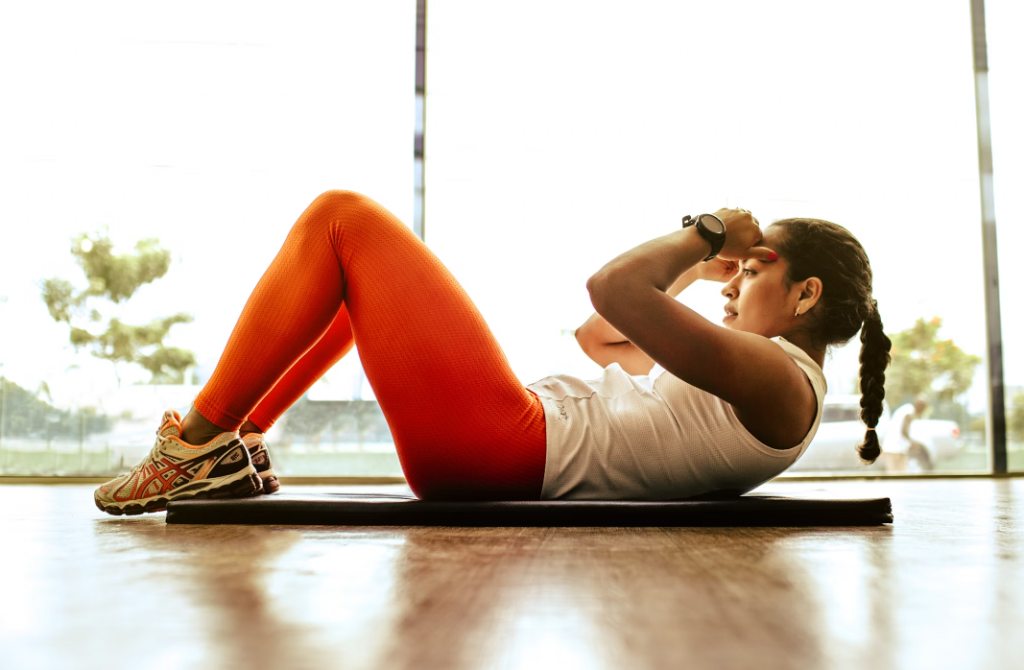Introduction to Flexibility Training
Flexibility training is a crucial component of overall fitness that often gets overlooked. It refers to the range of motion in a joint or group of joints, and it’s essential for maintaining mobility and preventing injuries. Incorporating flexibility exercises into your routine can enhance athletic performance, improve posture, and alleviate muscle tension.
Types of Flexibility
Flexibility can be categorized into various types, including static, dynamic, passive, and active flexibility. Static flexibility involves holding a stretch position for a prolonged period, while dynamic flexibility involves moving through a range of motion actively. Passive flexibility relies on external forces to stretch muscles, whereas active flexibility utilizes internal muscular efforts to achieve flexibility.
Understanding Stretching Techniques
Stretching is a fundamental aspect of flexibility training, and there are different techniques to achieve optimal results. Static stretching involves holding a stretch without movement, while dynamic stretching involves controlled movements through a full range of motion. Proprioceptive Neuromuscular Facilitation (PNF) incorporates both stretching and contracting muscles to enhance flexibility, while ballistic stretching uses rapid, bouncing movements to stretch muscles.
Factors Affecting Flexibility
Several factors influence an individual’s flexibility, including age, genetics, gender, and physical activity level. As we age, our muscles tend to lose elasticity, leading to decreased flexibility. Genetics play a role in determining an individual’s natural flexibility, while gender differences can affect flexibility due to anatomical variations. Engaging in regular physical activity can improve flexibility by maintaining muscle elasticity and joint mobility.
How to Improve Flexibility
Improving flexibility requires a consistent stretching routine that targets major muscle groups. Incorporating activities like yoga, Pilates, and foam rolling can enhance flexibility and range of motion. Yoga focuses on holding poses that stretch and strengthen muscles, while Pilates emphasizes core strength and flexibility. Foam rolling helps release muscle tension and improve flexibility by applying pressure to tight areas.
Common Mistakes in Flexibility Training
Despite its benefits, flexibility training is often done incorrectly, leading to potential injuries. Common mistakes include overstretching, neglecting proper warm-up, ignoring pain signals, and inconsistency in training. Overstretching can cause muscle strains or tears, while inadequate warm-up can increase the risk of injury. Ignoring pain signals during stretching can lead to overexertion, and inconsistency in training can hinder progress.
Flexibility Training for Different Sports
Flexibility requirements vary depending on the sport or activity, and incorporating specific flexibility exercises can enhance performance and reduce the risk of injury. For example, runners benefit from flexibility in the hip flexors and hamstrings to improve stride length and reduce the risk of muscle imbalances. Weightlifters can improve flexibility in the shoulders and hips to achieve proper form and prevent injuries.

Flexibility Training for Specific Populations
Flexibility training is beneficial for people of all ages and fitness levels, including seniors, athletes, office workers, and pregnant women. Seniors can improve flexibility to maintain mobility and independence, while athletes can enhance performance and prevent injuries through targeted stretching exercises. Office workers can alleviate muscle tension and improve posture with desk stretches, and pregnant women can reduce discomfort and prepare for childbirth with prenatal yoga and stretching.
Incorporating Flexibility into Your Routine
Integrating flexibility exercises into your daily routine can promote overall well-being and reduce the risk of injuries. A morning stretching routine helps awaken the body and prepare it for the day ahead, while post-workout stretching aids in muscle recovery and prevents stiffness. Desk stretches can be done throughout the day to counteract the effects of prolonged sitting, and evening relaxation stretches promote relaxation and better sleep.
Advanced Flexibility Techniques
Advanced flexibility techniques offer alternative approaches to traditional stretching methods and can further enhance flexibility gains. Active Isolated Stretching involves contracting the opposing muscle group while stretching to improve range of motion. Resistance stretching utilizes resistance from bands or partners to deepen stretches, while Partner Assisted Stretching allows for a deeper stretch with the help of a partner. Contract-Relax Stretching involves contracting the targeted muscle before stretching to facilitate relaxation and increase flexibility.
The Role of Nutrition in Flexibility
Nutrition plays a significant role in supporting flexibility and overall physical health. Adequate hydration is essential for maintaining tissue elasticity and joint lubrication, while nutrient-rich foods provide the building blocks for muscle repair and growth. Incorporating foods rich in vitamins and minerals, such as fruits, vegetables, and lean proteins, can support muscle recovery and flexibility. Additionally, certain supplements like collagen peptides and omega-3 fatty acids may further support joint health and flexibility.
Measuring Flexibility Progress
Tracking flexibility progress is essential for setting goals and monitoring improvements over time. Range of motion tests, such as the sit-and-reach test or shoulder flexibility test, can assess flexibility in specific muscle groups. Flexibility assessments, conducted by fitness professionals, can provide a comprehensive evaluation of overall flexibility and identify areas for improvement. Keeping a flexibility journal or using apps to track stretching routines and progress can help stay motivated and accountable.